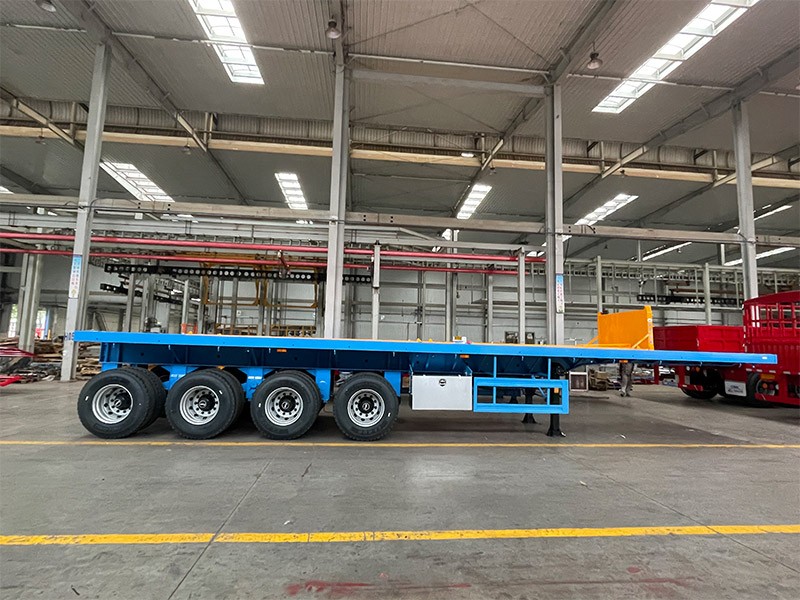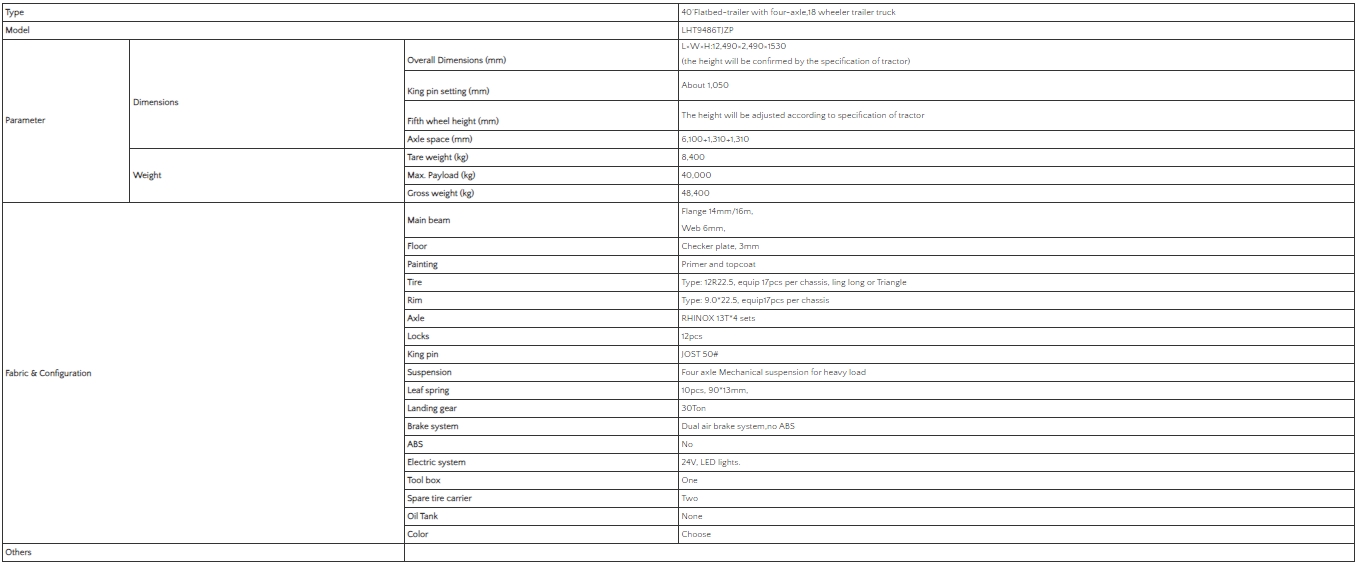What's the difference between semi and trailer?
 Jul 19, 2024|
Jul 19, 2024| View:132
View:132Design: Semi-trucks are designed for long-haul transport and are equipped with a cab for the driver, an engine, and a fifth wheel to connect to the semi-trailer.
Function: They are primarily used for towing large trailers and are capable of carrying heavy loads over long distances.
Size and Weight: Semis are subject to weight restrictions and regulations that vary by country and state, but they are generally among the largest and heaviest vehicles on the road.
Regulations: Semi-truck drivers often require special licenses and must adhere to strict regulations regarding driving hours and vehicle maintenance.

Design: Trailers are designed to be towed and do not have their own engines. They can be open, enclosed, or even have living quarters.
Function: Trailers serve a wide range of functions, from transporting goods and materials to providing temporary or recreational living spaces.
Size and Weight: Trailers can vary greatly in size and weight, from small utility trailers to large, heavy haulers.
Types: There are many types of trailers, including flatbeds, enclosed cargo trailers, travel trailers, and specialized trailers for specific industries like construction or agriculture.

Power Source: A semi-truck has its own engine and is a self-propelled vehicle, while a trailer relies on a towing vehicle for movement.
Connection Method: Semis connect to their trailers using a fifth wheel coupling, which allows for greater maneuverability and weight distribution. Trailers can connect using various methods, including hitch couplings or ball mounts.
Use Cases: Semis are typically used for commercial transport over long distances, while trailers can be used for both commercial and personal purposes, including moving houses, carrying boats, or traveling for leisure.
Regulatory Requirements: Operating a semi-truck usually requires more stringent licensing and regulatory compliance due to the size and weight of the vehicle and the loads it carries.






